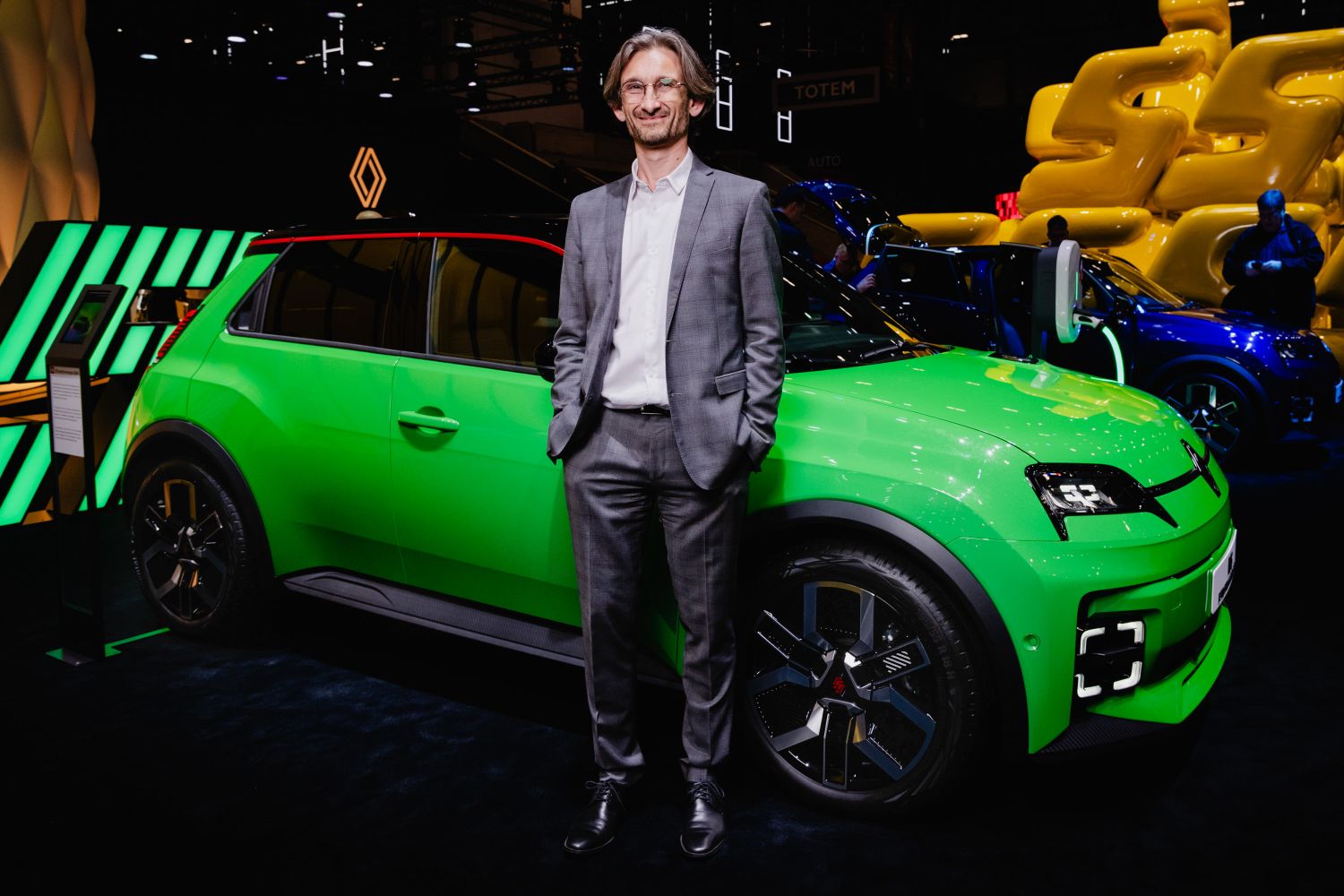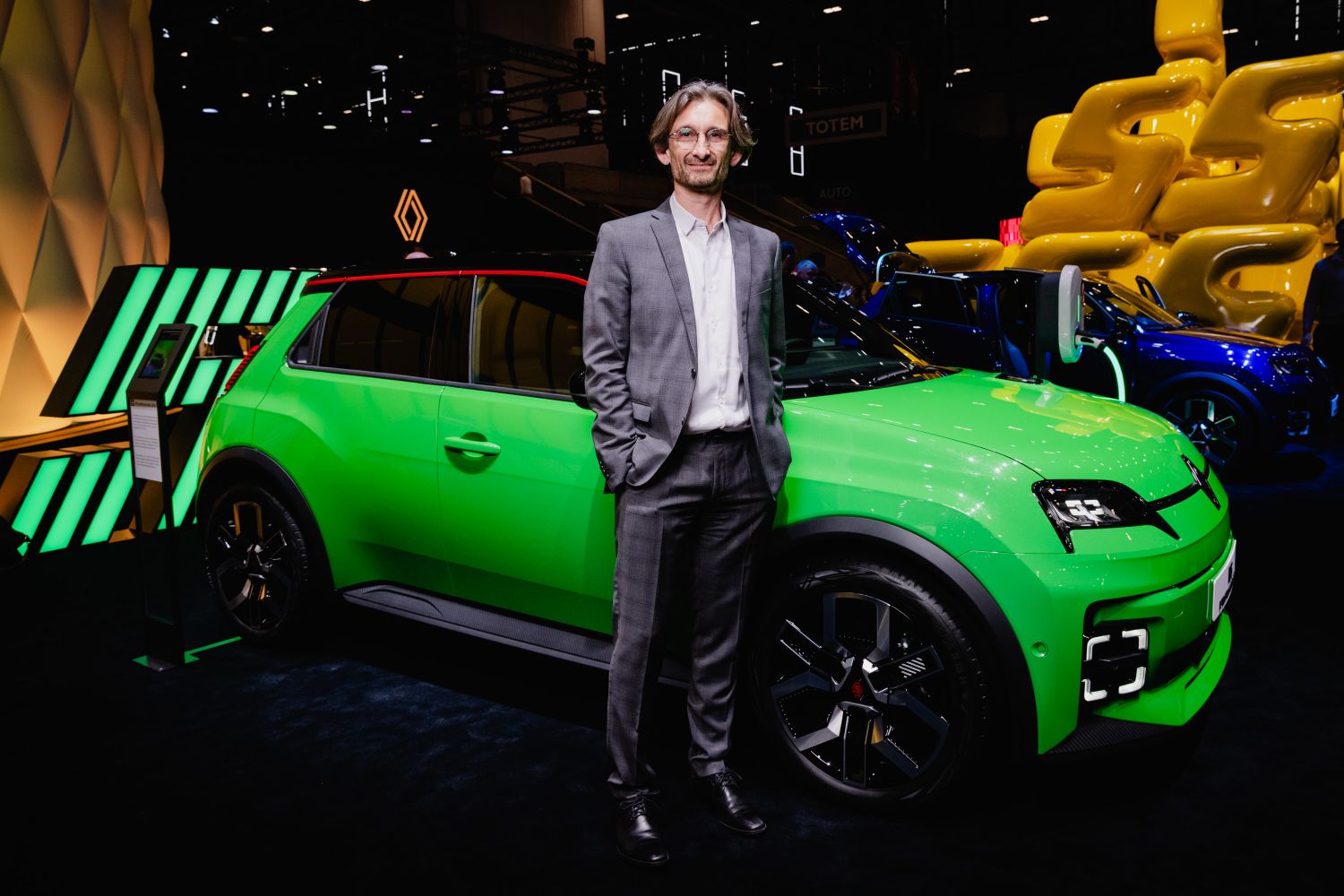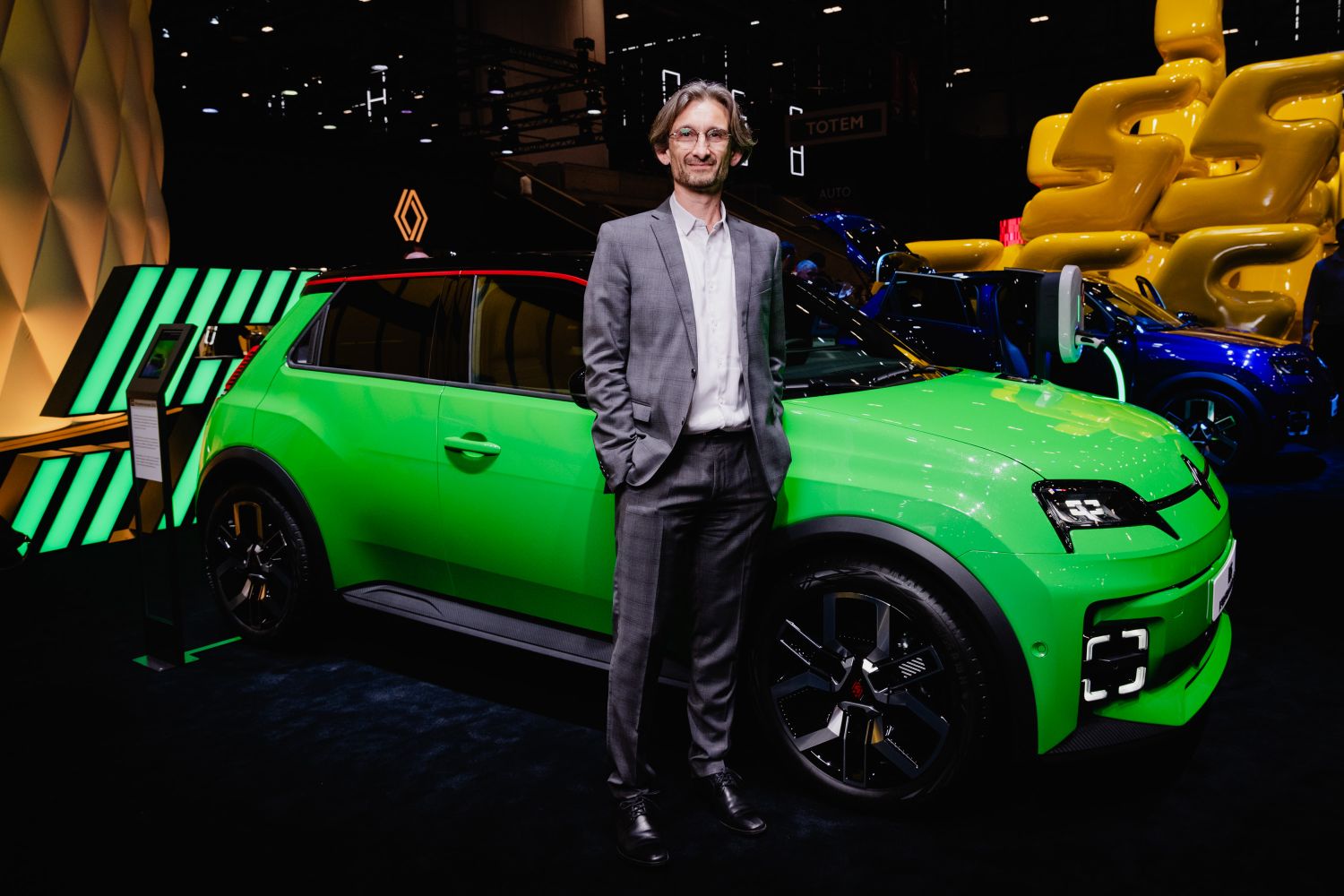The Renault 5 marks the start of a new era for the French car maker, not only for its electric cars but also for its design. The production car has remained faithfully true to the original concept car, a feat rarely seen these days. Doing so was a significant challenge to translate an inspiring design into a vehicle that meets the needs of its customers and satisfies the many regulations for new cars. We sat down with Frederic Morelle, Chief Vehicle Engineer for the Renault 5, to get some insight into the process.
Can you give us more insight into the difficulties of keeping what was a very interesting concept car close to a production car without losing much of its character?
When we started with the concept car, it was clear it was a target; Luca [de Meo, Renault Group CEO] said, "I want to see the concept car on the street." But you can't imagine what it is like to put a concept car on the street with all the specifications and regulations.
The real first point was to keep exactly the proportion; the design proposal imposed the vehicle's height, length, and size of the wheels, so we had to make it with it. Our primary constraint with Gilles [Vidal, Design Vice President Renault & AMPERE] was whether we could put this vehicle within four metres of the new platform. That was our main challenge. We had to rethink the battery and the volumes of engines, and we had to think about some parts of the platform to make sure it fit.
In terms of the platform itself, did having one that was only electric make it easier?
Yes, it is easier and much cheaper with a full electric platform. You don't have to worry about managing differentiation. For example, battery integration is much easier with an exclusively EV platform. The front end, which is very key in this design, would not have been possible with the ICE version. So, there are a lot of advantages to having only an EV version.
In terms of cost, it's much more efficient to focus only on the EV because the battery can really be integrated as part of the vehicle. We can use the stiffness of the battery to reduce the reinforcement of the body.

Was there a high expectation with this car that, besides the design, it had to be a fun car to drive?
Clearly, when you see the car, you have a smile. We wanted that when you drive the car you have an even bigger smile. So from the start, we really focussed on the car being as fun to drive as it is nice to see. That's the reason why we use a multilink for the rear axle; we have a very short ratio for the steering, and we have a specific braking system, which is all designed to give the very best experience in terms of driving and ride.
There was talk of different battery chemistries over time. At what point did you decide on which one to use?
It was clear that we stayed on NMC because, firstly, it was a strategy. So, we have to keep the focus on that. The second one is because NMC is the most efficient in terms of density, and when you produce a small car, you don't have a choice. So it was very important to keep this focus and ensure we can provide the car with this battery.
You have added many things that we've seen only on larger cars, such as bi-directional charging. Were you keen to really future-proof this car?
We focused on having the best EV experience. To do this, you have to add some elements to charging. For example, thermal management of the battery is key, as is a heat pump in the vehicle, and a route planner is also vital for the journey of EVs.
With bidirectional charging, it was also quite evident to have a very fun and modern car; it was obvious that we had to use it even if it cost a bit more money; we wanted to provide the best experience. So let's put it in and save on the things the customer does not see. We have been economical in using carryover items for non-EV parts, which is a big source of savings. The car's production is simplified, so many things allow us to have a reasonable price without compromising on the vehicle itself.
Can you give an insight into how you wanted the car to drive?
We wanted it to be like the Megane in terms of ride and handling, to have a very direct feel from the steering. To have a car that is very agile but very comfortable in a straight line on the highway and so on. Having a multilink rear axle is quite unusual for this segment; we can think about the MINI, but that is characterful in terms of behaviour; it's really a kart feeling, and we don't have to have that. I think that everybody who has driven the car has the feeling that they are in a larger car.




